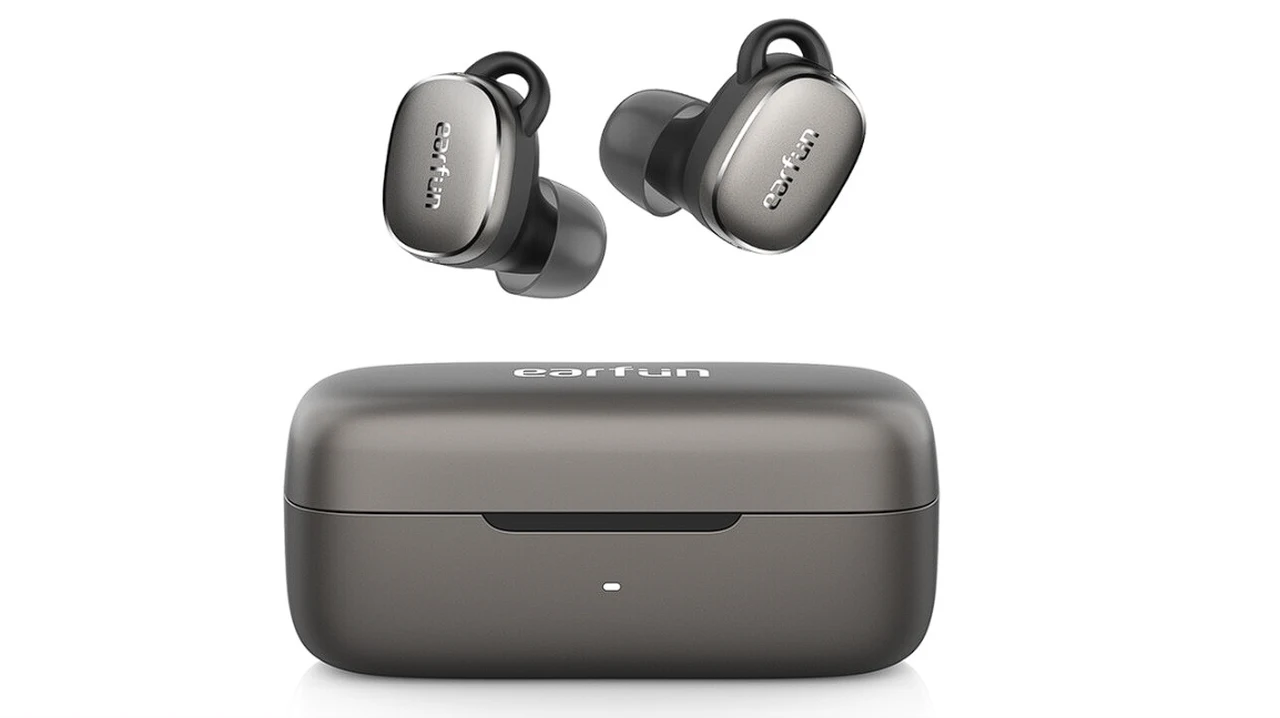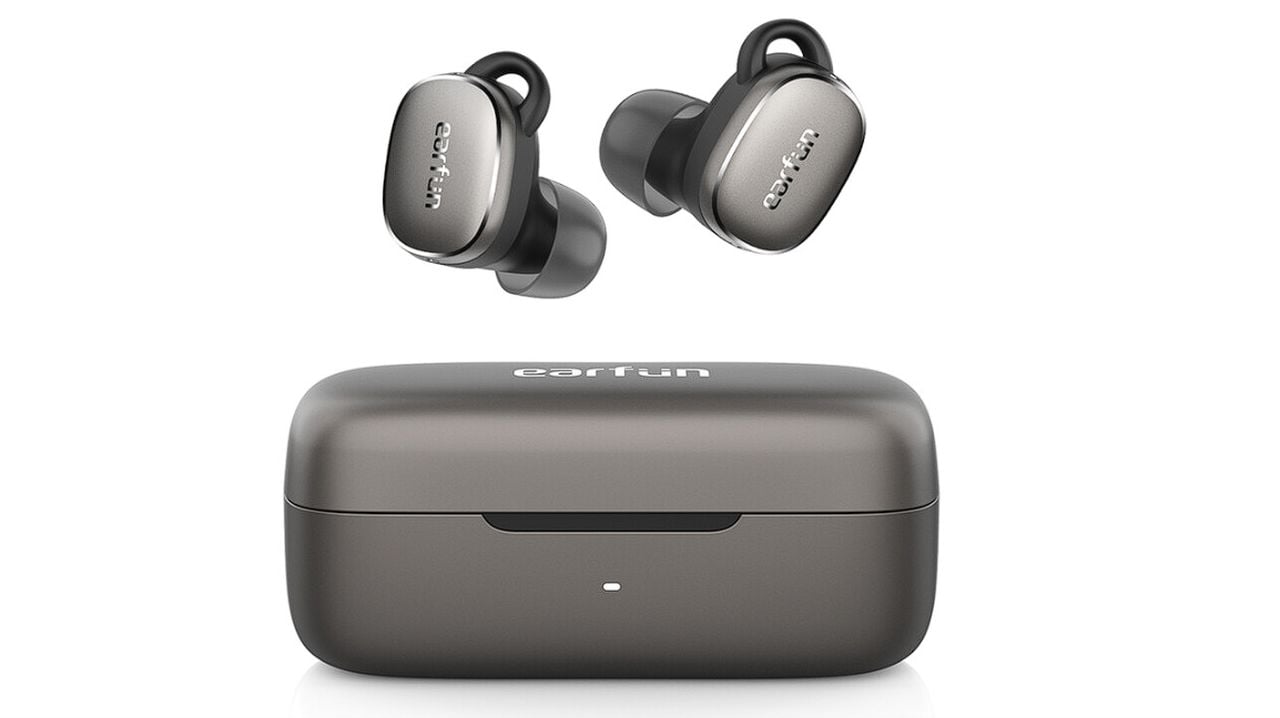
The Free Pro 3 ANC wireless earbuds are among the first to integrate the Snapdragon Sound Certification with Hi-Res audio capabilities. At the heart of the Free Pro 3 lies the Qualcomm QCC3072 SoC, which ensures stable connectivity and superior audio performance via Bluetooth 5.3. This chipset is a powerhouse, incorporating the latest in audio technology, such as the Low-Energy Audio protocol and aptX Adaptive technology. These features work in tandem to provide efficient, high-quality sound with minimal latency, which is crucial for both music enthusiasts and professionals alike.
For those seeking an immersive audio experience, the Free Pro 3 earbuds come equipped with QuietSmart 2.0 active noise cancellation technology. This technology can reduce noise by up to 43dB, allowing users to immerse themselves in their music or calls without the distraction of external noise. Furthermore, the earbuds boast a 6-mic cVc call noise-reduction system, ensuring that your voice is transmitted clearly, even in noisy environments.
When it comes to battery life, the Free Pro 3 earbuds excel with up to 33 hours of playtime. They also offer the convenience of both USB-C and wireless charging, catering to the needs of users who are always on the go. Durability is also a key feature, with an IPX5 rating that protects the earbuds from water and sweat, making them an ideal choice for fitness enthusiasts and outdoor activities.
EarFun Free Pro 3
Here are some other articles you may find of interest on the subject of ANC wireless earbuds :
The multipoint connectivity feature is a boon for those who juggle multiple devices. It allows users to switch between a smartphone, tablet, or laptop seamlessly, without the need to disconnect and reconnect each time. This feature is particularly useful for professionals who need to stay connected across various platforms throughout their day.
Customization is readily available through the EarFun Audio app, which offers a 10-band equalizer and noise-canceling mode adjustments. This allows users to tailor their listening experience to their personal taste, whether they prefer a bass-heavy sound for their workouts or a balanced profile for enjoying a wide range of music genres.
ANC wireless earbuds
Comfort has not been neglected in the design of the Free Pro 3 earbuds. They are crafted with an ergonomic shape and come with a variety of ear tip and hook sizes to ensure a snug and comfortable fit for any user. Gamers, in particular, will appreciate the low latency Game Mode and the Dual 7 mm Wool Composite Drivers that deliver an engaging gaming experience with clear and detailed sound.
The EarFun Free Pro 3 earbuds are a comprehensive package that combines cutting-edge audio technology with user-centric features. They set a new standard for wireless earbuds, offering a versatile and high-quality audio experience that appeals to a wide range of users, from music aficionados to gamers, to those who need reliable earbuds for everyday use. With these earbuds, EarFun demonstrates their commitment to pushing the boundaries of what wireless audio devices can achieve, providing users with an exceptional sound experience that meets the demands of modern life.
Filed Under: Gadgets News, Top News
Latest timeswonderful Deals
Disclosure: Some of our articles include affiliate links. If you buy something through one of these links, timeswonderful may earn an affiliate commission. Learn about our Disclosure Policy.





